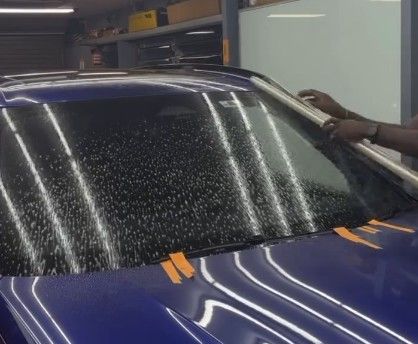Ceramic coating is a revolutionary technology designed to protect vehicle paint from various environmental elements, particularly in challenging weather conditions like humid climates. By forming a protective layer over the surface, ceramic coatings create a barrier that repels water, dirt, and other contaminants, while enhancing the paint’s depth and gloss. In regions like the Cayman Islands, where high humidity is common, this protective layer is crucial for maintaining a vehicle’s appearance and longevity.
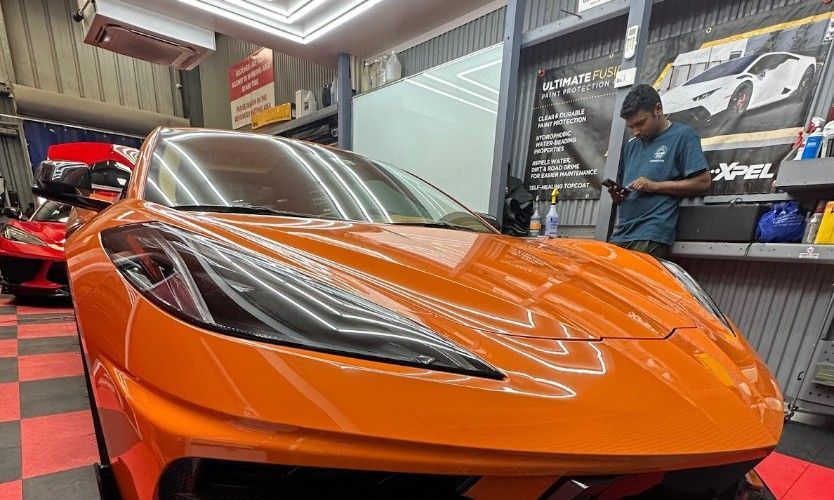
The Challenge of Humid Climates for Vehicles
In humid climates, vehicles face several challenges. High moisture levels can lead to the accumulation of water on the paint surface, which can result in issues like oxidation, corrosion, and the growth of mold and mildew. These problems not only affect the aesthetics of the vehicle but can also cause long-term damage to the paint and underlying materials. Ceramic coating provides an effective solution by addressing these challenges head-on, ensuring that vehicles remain protected even in extreme humidity.
What is Ceramic Coating & Key Features?
Ceramic coatings are liquid polymers that chemically bond with a vehicle's paint surface. When applied, the coating forms a hydrophobic (water-repelling) layer that shields the vehicle from contaminants such as water, dirt, bird droppings, and road salts. Unlike traditional waxes or sealants, which wear off over time, ceramic coatings provide long-lasting protection, making them a more durable and effective option for vehicle owners.
Key Features and Benefits
- Durability: Ceramic coatings can last for years, offering protection that traditional wax or sealants can't match.
- Hydrophobic Properties: The coating repels water, making it difficult for water to bond to the paint surface, which is especially beneficial in humid climates.
- Enhanced Appearance: The coating enhances the paint’s depth and gloss, making your vehicle look shiny and well-maintained.
- Ease of Maintenance: With ceramic coating, cleaning becomes easier because dirt and grime are less likely to stick to the surface.
- UV Protection: It protects the paint from harmful UV rays, which can cause oxidation and fading, particularly in areas with high humidity.
Why Humid Climates are a Challenge for Vehicle Paint
The Impact of Moisture on Vehicle Surfaces
In humid environments like the Cayman Islands, the air is saturated with moisture, which settles on the surface of vehicles. This moisture can create several problems for car paint, including:
- Corrosion: When water stays on the paint for extended periods, it can lead to the formation of rust, especially if the paint is damaged or chipped.
- Oxidation: High humidity accelerates the oxidation process. Oxidation causes the paint to lose its shine and can lead to a dull, faded appearance.
- Mold and Mildew Growth: The constant presence of moisture can encourage the growth of mold and mildew on the vehicle’s surface, which can be challenging to remove and can cause further damage to the paint.
These factors can lead to an expensive and time-consuming restoration process, making ceramic coating a must-have in such climates.
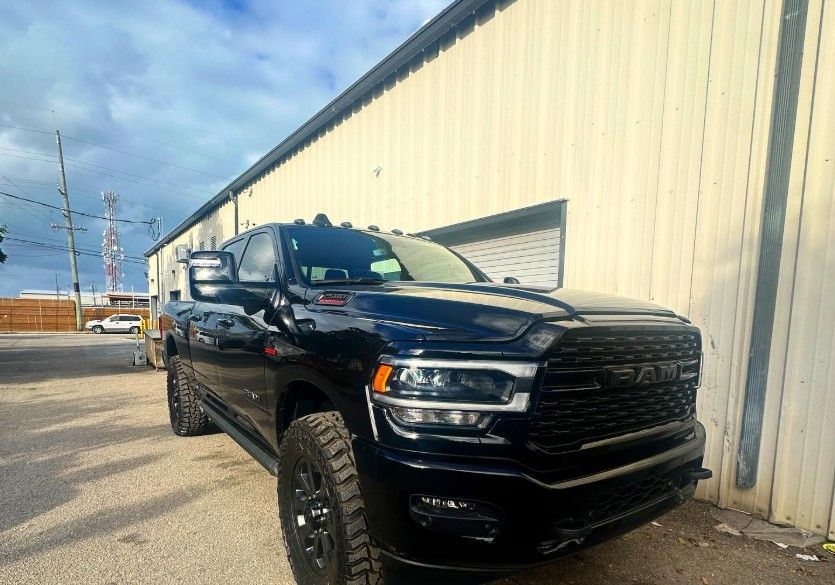
Common Problems in Humid Climates
- Water Spots: In areas with high humidity, water spots can form on the vehicle's surface, leading to unsightly marks and stains that can be difficult to remove.
- Paint Fading: Over time, the paint can begin to fade due to the constant exposure to moisture and the UV rays that often accompany humid climates. This can result in a significant decrease in the vehicle’s resale value.
- Rust and Corrosion: As moisture continues to settle on the vehicle, it can lead to rusting of metal parts, especially around the edges and seams, which can damage both the exterior and the underlying structure of the vehicle.
The Science Behind Ceramic Coatings in Humid Environments
How Ceramic Coating Bonds to Vehicle Paint
Ceramic coatings bond with the paint on a molecular level, creating a strong and durable layer that adheres tightly to the vehicle's surface. When applied correctly, the coating chemically bonds to the paint molecules, filling in microscopic imperfections and creating an ultra-smooth surface. This bonding process ensures that the coating stays intact for an extended period, offering long-lasting protection.
Chemical Properties that Make Ceramic Coating Effective in Humid Climates
Ceramic coatings are made from a mixture of silica (SiO2) and other advanced chemicals. These compounds are responsible for the coating’s effectiveness in humid environments. The silica forms a dense, durable layer that repels water and other contaminants. Here’s how the chemical properties contribute to the coating’s performance:
- High Surface Tension: The coating’s chemical structure gives it a high surface tension, which makes it highly resistant to moisture. Water cannot easily penetrate the coating, which is crucial in humid climates where water is constantly present.
- Oxygen Bonding: The coating bonds with oxygen atoms in the paint molecules, creating a protective barrier that prevents moisture from affecting the vehicle’s surface.
- Long-Lasting Protection: The chemical composition of ceramic coatings ensures that they remain intact for years, even under the harsh conditions of a humid climate.
Hydrophobic Effect: Water Repellency Explained
One of the standout features of ceramic coatings is their hydrophobic effect. Hydrophobicity refers to the ability of a substance to repel water. The molecules in a ceramic coating are arranged in such a way that they form a bond with the vehicle's paint, creating a surface that causes water to bead up and roll off.
This effect is especially beneficial in humid environments like the Cayman Islands, where the constant moisture in the air can lead to water spots and other issues. When a vehicle is coated with ceramic coating, rainwater, dew, and other moisture simply bead up and slide off the surface, leaving behind no residue or water spots. This makes the vehicle much easier to clean and maintain, as dirt and grime are less likely to adhere to the surface.
Benefits of Hydrophobic Properties in Humid Climates
- Prevents Water Spots: As water beads up and rolls off, it prevents the formation of unsightly water spots, which are common in humid climates.
- Easier Cleaning: The hydrophobic nature of the coating makes cleaning easier because contaminants are less likely to stick to the surface.
- Improved Durability: By preventing water from lingering on the surface, ceramic coatings protect the paint from the harmful effects of prolonged moisture exposure.
In humid climates like the Cayman Islands, vehicle owners face numerous challenges, from moisture buildup to corrosion and oxidation. Ceramic coatings provide a scientifically proven solution that protects the vehicle’s paint, ensuring that it remains in top condition for years. By forming a hydrophobic barrier that repels water and contaminants, ceramic coatings make it easier to maintain a clean, shiny, and protected vehicle, even in the most humid environments. For those in the Cayman Islands looking to protect their investment, ceramic coating offers an essential layer of protection that stands up to the test of time and humidity.
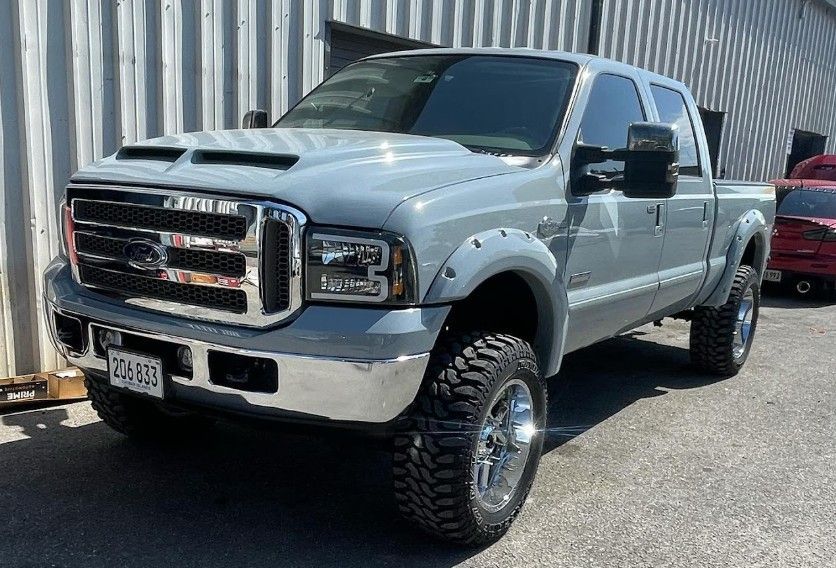
At Cayman Window Tinting, we specialize in applying high-quality ceramic coatings tailored to the unique needs of vehicles in humid climates. Contact us today to schedule your ceramic coating service and ensure your vehicle remains protected from the elements year-round.
The Durability of Ceramic Coatings in High-Moisture Areas
Protection Against Environmental Factors (Rain, Salt, Humidity)
In the humid climate of the Cayman Islands, vehicles face constant exposure to harsh environmental factors, including rain, salt, and humidity. These conditions can cause significant wear on a vehicle’s paint, leading to issues like rust, oxidation, and fading. Ceramic coating in humid climates, such as the Cayman Islands, acts as a protective shield against these elements. The coating forms a hydrophobic layer on the vehicle’s surface, which prevents water from sticking to the paint. This barrier repels rainwater, preventing water spots, and resists the damaging effects of salt from the ocean air, which can lead to corrosion. The ceramic coating also protects against the high humidity levels that can lead to oxidation, keeping your vehicle’s paint intact and looking fresh.
Longevity of Ceramic Coating in the Cayman Islands’ Climate
Ceramic coatings are specifically designed to offer long-lasting protection in high-moisture areas, making them ideal for the humid climate of the Cayman Islands. The durable layer formed by the coating can last for years, even in the face of constant exposure to moisture, heat, and UV rays. Unlike traditional waxes or sealants that wear off quickly, ceramic coatings maintain their protective properties for an extended period, ensuring that your vehicle remains well-protected without frequent reapplication. The high-quality chemical bond between the coating and the paint ensures that the coating remains intact and effective for years, even under the humid conditions found in the Cayman Islands.
How Ceramic Coating Helps Maintain Vehicle Appearance
Ceramic coating not only protects your vehicle from environmental damage but also helps maintain its appearance by keeping it looking clean and shiny. In humid climates like the Cayman Islands, moisture can encourage dirt, grime, and pollutants to stick to the vehicle’s surface, resulting in a dull, dirty appearance. However, with a ceramic coating, the hydrophobic effect causes water to bead up and roll off the surface, carrying away contaminants with it. This makes it easier to keep the vehicle clean, as dirt and debris are less likely to adhere to the paint. The coating also helps maintain the vehicle’s glossy finish by preventing oxidation and UV damage, keeping the paint vibrant and free from fading.
Step-by-Step Process of Applying Ceramic Coating
- Surface Preparation: Before applying ceramic coating, the vehicle's surface must be thoroughly cleaned to remove any dirt, grime, or contaminants. This step ensures that the coating bonds effectively to the paint, allowing it to perform at its best. Any wax, sealants, or previous coatings must also be removed to ensure a clean surface.
- Paint Correction: If the vehicle’s paint has imperfections such as swirl marks, scratches, or oxidation, a paint correction process may be necessary. This step smooths out the paint surface and ensures that the ceramic coating bonds evenly across the vehicle’s entire surface.
- Application of Ceramic Coating: Once the vehicle’s surface is prepped and corrected, the ceramic coating is applied in sections. The coating is carefully spread over the vehicle’s paint using a microfiber applicator pad to ensure even coverage. It is important to apply the coating in small sections to avoid the product from drying prematurely.
- Curing Time: After the coating is applied, it needs time to cure and bond with the paint. This curing process typically takes a few hours, and it is crucial that the vehicle is left undisturbed during this time to allow the coating to form a strong bond with the surface.
- Final Inspection: After the curing process, a final inspection is performed to ensure the coating has been applied properly and the surface is free of any imperfections. Any areas that may need touch-ups are addressed at this stage to ensure full coverage and maximum protection.
By following these steps, a ceramic coating can be successfully applied, providing long-term protection and maintenance benefits for vehicles in humid climates like the Cayman Islands. The application of a ceramic coating ensures your vehicle remains protected from the damaging effects of humidity, rain, salt, and other environmental factors, keeping it in excellent condition for years to come. At Cayman Window Tinting, we specialize in applying ceramic coatings tailored to the unique needs of vehicles in the Cayman Islands.
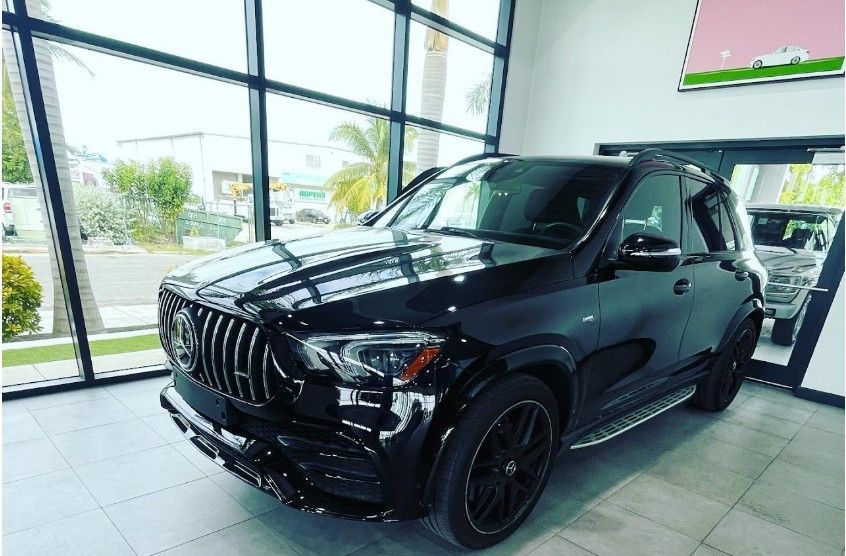
Why Ceramic Coating is a Smart Investment in the Cayman Islands
In the humid climate of the Cayman Islands, ceramic coating is a smart investment for vehicle owners looking to protect their cars from the harmful effects of constant moisture exposure. The high humidity levels, frequent rainfall, and salt-laden air can quickly deteriorate a vehicle's paint, leading to costly repairs and maintenance. Ceramic coating provides an essential protective layer that shields the paint from these environmental elements, preserving the vehicle’s appearance and structural integrity. The hydrophobic properties of the coating make it easier to maintain a clean vehicle, as water, dirt, and grime are repelled, reducing the need for frequent washing and cleaning. Investing in ceramic coating ensures that your vehicle remains in excellent condition, which can increase its resale value and prevent the need for extensive repairs due to corrosion, oxidation, and fading.
Cost Savings on Maintenance and Repairs
Ceramic coating in the humid climate of the Cayman Islands can lead to significant cost savings over time. The protective layer created by ceramic coatings prevents contaminants like salt, rainwater, and dirt from adhering to the vehicle’s paint, making it easier to clean and maintain. This reduces the need for frequent car washes and the use of harsh cleaning products, which can wear down the paint over time. Additionally, the coating’s resistance to moisture and UV rays helps prevent common problems such as rust, oxidation, and fading, which would typically require costly repairs.
By preventing these issues, ceramic coatings help extend the lifespan of your vehicle’s paint, saving you money on repairs and touch-ups. The long-lasting protection of the ceramic coating means that your vehicle will remain looking like new for longer, avoiding the need for expensive paint correction or respraying. In the long run, the initial investment in ceramic coating pays off through reduced maintenance and repair costs, making it an economical choice for vehicle owners in the Cayman Islands.
Conclusion
In humid climates like the Cayman Islands, where vehicles are constantly exposed to moisture, salt, and other environmental factors, ceramic coating is an invaluable investment. It offers long-lasting protection against the elements, preserves the vehicle's appearance, and reduces the need for expensive repairs and maintenance. By providing a hydrophobic barrier that repels water and contaminants, ceramic coatings make vehicle cleaning easier and help maintain a glossy, like-new finish. The cost savings on maintenance and repairs, along with the added value of protecting your investment, make ceramic coating a smart choice for vehicle owners in the Cayman Islands. For the best results, trust the experts at Cayman Window Tinting to apply a high-quality ceramic coating tailored to your vehicle’s needs. Contact us today to schedule your service and protect your vehicle for years to come.



